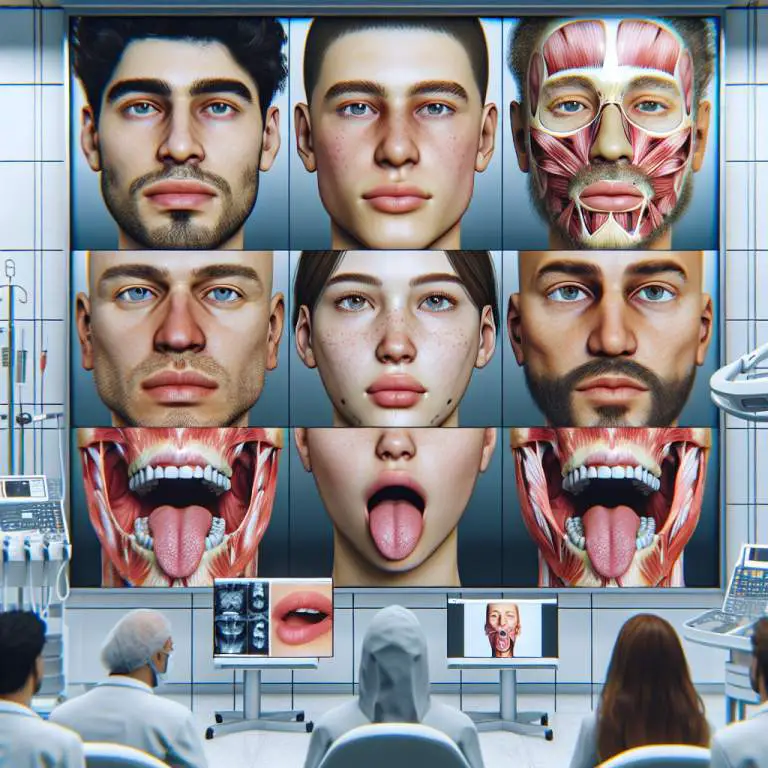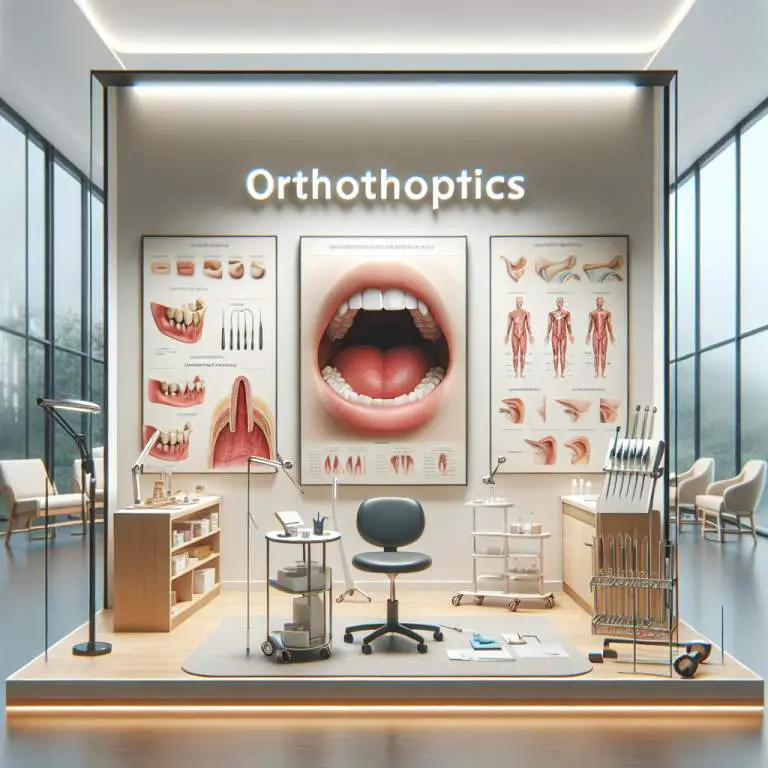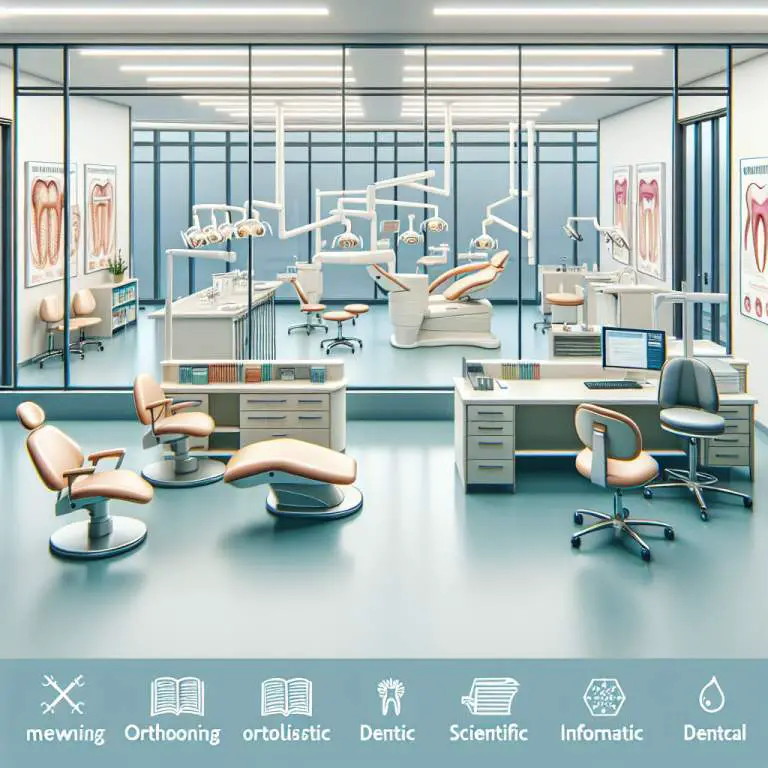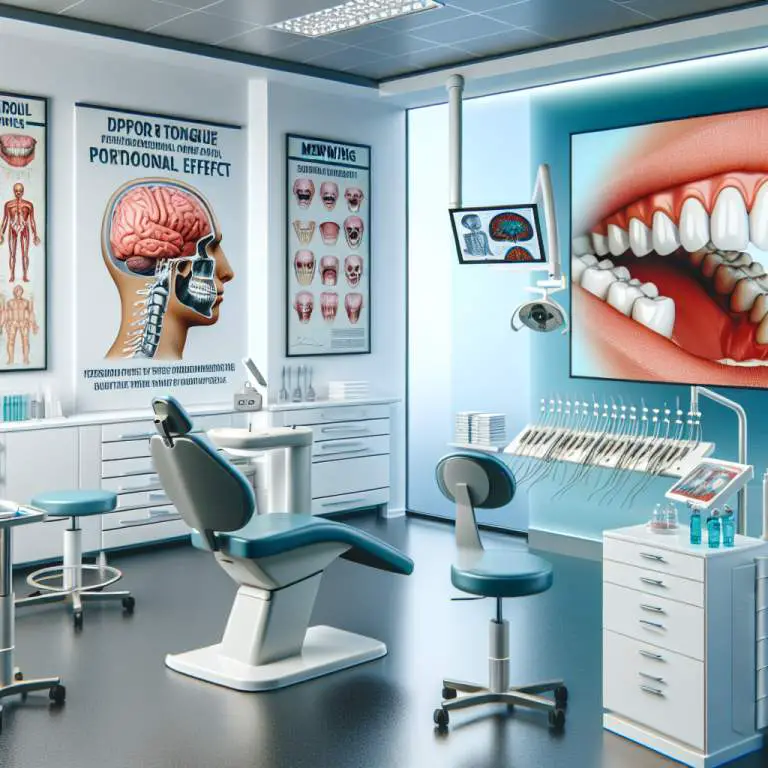How does mewing compare scientifically to other orthodontic practices?
Mewing, a technique that involves proper tongue posture to potentially reshape the jawline, lacks robust scientific backing when compared to traditional orthodontic practices. Traditional methods like braces or Invisalign are supported by extensive research proving their effectiveness in correcting dental issues. While some people report positive changes from mewing, these claims do not have the same level of scientific evidence as conventional orthodontic treatments.
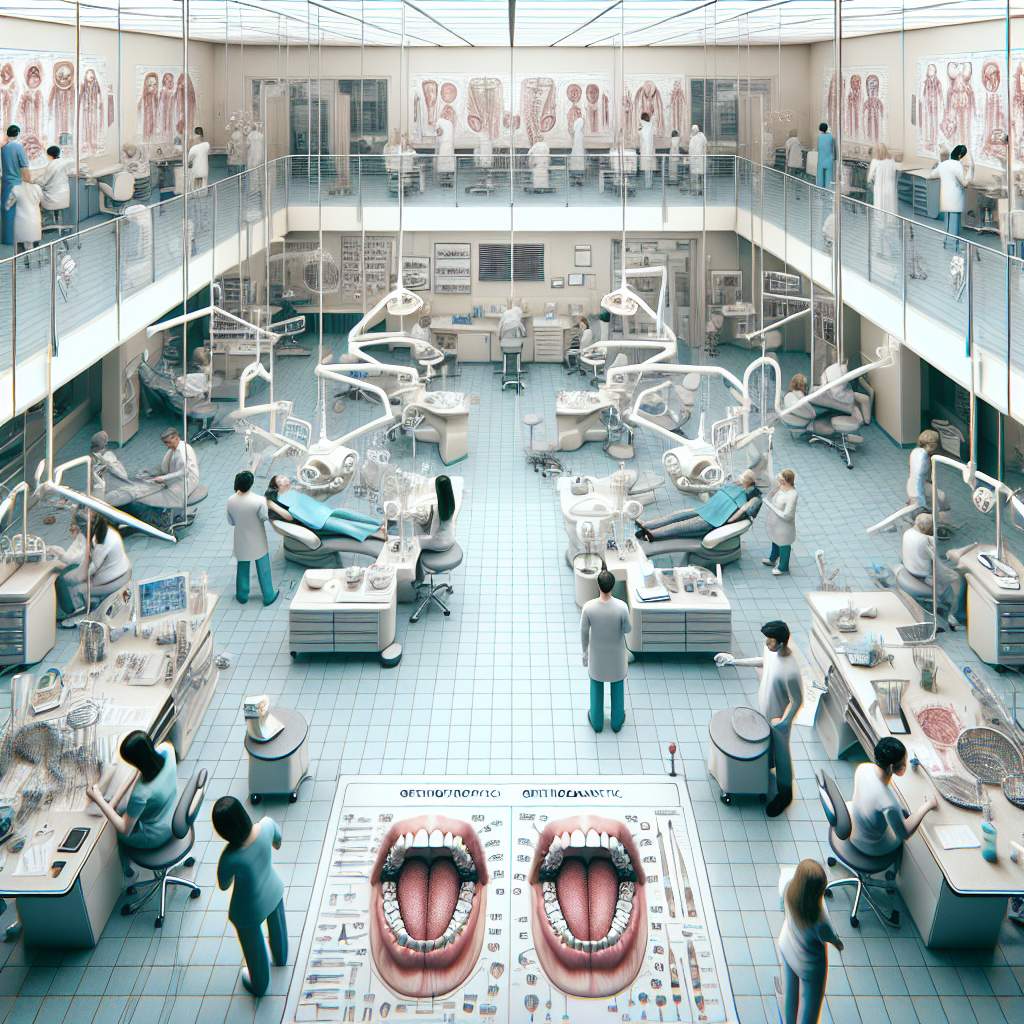
How does mewing work to potentially alter facial structure?
Mewing is a technique that involves placing your tongue against the roof of your mouth. This position is supposed to help change the way your face looks over time. The idea is that by keeping your tongue in this spot, you can influence the shape of your jaw and the alignment of your teeth.
People who practice mewing believe it can make their jawlines sharper and their faces more attractive. They say that by doing this simple exercise, they are training their facial muscles and bones to grow in a certain way. It’s like telling your face, “Hey, let’s look better by just using our tongue!”
What scientific evidence supports the effectiveness of mewing?
When it comes to science backing up mewing, there isn’t a lot out there. Some people point to studies about how tongue posture can affect breathing and sleep quality, but direct evidence linking mewing to major changes in facial structure is scarce. That doesn’t stop many from believing in its potential benefits based on personal stories and before-and-after photos shared online.
Experts like orthodontists sometimes have mixed feelings about mewing. They acknowledge that proper tongue posture is important for health reasons but are cautious about promising big cosmetic changes from mewing alone. So while some find value in the practice, it’s not universally accepted as a scientifically proven method to reshape one’s face.
How do traditional orthodontic practices alter facial structure and dental alignment?
Traditional orthodontics, like braces or clear aligners, work by applying steady pressure on teeth over time. This pressure slowly moves teeth into better positions, which can also slightly change how someone’s face looks. For example, correcting an overbite might make someone’s profile look different because their jaw aligns differently.
Besides straightening teeth, these treatments can help with how well someone’s upper and lower jaws fit together. Orthodontists use various tools and techniques to guide bone growth in children and teenagers or adjust bone positioning in adults. This careful manipulation can lead to improved facial symmetry and aesthetics along with healthier teeth alignment.
What are the potential risks and benefits of mewing compared to traditional orthodontics?
Mewing offers a natural approach that doesn’t require braces or surgery. Its supporters argue it’s a low-risk way to potentially improve facial aesthetics without the discomfort or cost of traditional methods. Plus, focusing on proper tongue posture might have other health benefits like better breathing patterns.
However, there are risks if people rely solely on mewing for significant dental or skeletal issues that need professional treatment. Without guidance from an orthodontist, attempting major self-led changes could lead to disappointment or even worsen existing conditions. While traditional orthodontics come with their own set of challenges like discomfort or expense, they offer predictable results backed by years of research and clinical success.
| Treatment Method | Description | Effectiveness | Scientific Evidence | Duration | Risks/Side Effects |
|---|---|---|---|---|---|
| Mewing | A technique that involves proper tongue posture, purported to improve facial structure and alignment over time. | Varies; anecdotal evidence suggests potential benefits, but individual results may differ significantly. | Limited; lacks robust clinical studies to fully support its effectiveness in orthodontics. | Ongoing; requires consistent practice daily for potentially years to see noticeable changes. | Minimal; primarily discomfort or strain from incorrect practice. However, reliance on mewing alone for significant orthodontic issues is not advised without professional consultation. |
| Braces (Traditional Metal) | Metal brackets and wires used to correct teeth alignment through gradual pressure. | Highly effective for a wide range of orthodontic issues, including complex cases. | Extensive; supported by decades of clinical research and case studies demonstrating efficacy and safety. | Typically 18-24 months, but can vary based on the complexity of the case. | Potential for discomfort, pain after adjustments, difficulty in cleaning leading to oral hygiene issues, and minor injuries from broken wires or brackets. |
| Invisalign (Clear Aligners) | A series of custom-made clear plastic aligners that gradually move teeth into the desired position. | Effective for mild to moderate alignment issues; less effective for complex cases compared to traditional braces. | Well-supported by research showing effectiveness for suitable candidates, though not as extensively studied as traditional braces. | Ranges from 6 to 18 months depending on case complexity. | Mainly minor discomfort during initial use of each new aligner set. Potential for less effective results if not worn consistently 20-22 hours per day. |
| Lingual Braces | Braces placed behind the teeth, making them invisible from the front view. | As effective as traditional braces for most orthodontic conditions. | Solid evidence supports their effectiveness, though less common than other methods due to specialized training required for installation. | About 18-36 months depending on individual needs. | Potential speech difficulties initially, discomfort due to placement near tongue, higher cost than traditional braces. |
| Surgical Orthodontics (Orthognathic Surgery) | Surgery to correct conditions of the jaw and face related to structure, growth, TMJ disorders, malocclusion problems due to skeletal disharmonies. | Highly effective in correcting severe orthodontic issues that cannot be resolved with braces alone. | Strong evidence base supporting its use in appropriate cases under multidisciplinary care involving orthodontists and maxillofacial surgeons. | Treatment duration varies; surgery recovery typically takes weeks followed by possible additional orthodontic treatment. | Risks associated with surgery such as infection, nerve damage; significant recovery time required. |
Can mewing produce results comparable to braces or surgery in terms of dental alignment and facial aesthetics?
Mewing, a technique that involves proper tongue posture, has been discussed widely for its potential to impact dental alignment and facial structure. Some people believe that it can offer results similar to those achieved through braces or cosmetic surgery. However, it’s important to note that the evidence supporting these claims is largely anecdotal.
Braces and surgical interventions are scientifically proven methods for altering dental alignment and improving facial aesthetics. These treatments are designed by professionals to address specific issues. Mewing, on the other hand, is more about adopting a natural posture over time. While some individuals report positive changes, these outcomes may not be as significant or predictable as those achieved through traditional orthodontic practices.
How long does it typically take to see results from mewing versus traditional orthodontic methods?
The time frame for seeing results from mewing can vary greatly among individuals. Since mewing relies on the consistent application of correct tongue posture, changes—if any—tend to be gradual and subtle. Some practitioners report noticing improvements within a few months, while others may not see noticeable changes for years.
In contrast, traditional orthodontic treatments like braces have more predictable timelines. Depending on the complexity of the case, braces usually show visible improvements in dental alignment within several months to a few years. The process is closely monitored by professionals who can adjust the treatment plan as needed to ensure progress towards the desired outcome.
Are there any age limitations for the effectiveness of mewing compared to conventional treatments?
The effectiveness of mewing is often debated in relation to age. Advocates suggest that younger individuals may experience more pronounced benefits due to their still-developing facial structures. However, there’s no concrete age limit established for when mewing can or cannot produce changes. It’s believed that while older adults might see slower or less significant results, adopting proper tongue posture could still contribute positively to their oral health.
Conventional orthodontic treatments such as braces are commonly associated with children and teenagers because their growing bodies respond well to adjustments. That said, adults also successfully undergo such treatments with excellent outcomes despite potentially longer treatment times due to less flexible bone structures. Essentially, while age can influence the effectiveness of both mewing and traditional orthodontics, neither practice is strictly limited by it.
Final Thoughts
Mewing presents an interesting concept in the realm of dental alignment and facial aesthetics; however, comparing it directly with established orthodontic practices like braces or surgery might not provide a complete picture. The lack of scientific evidence backing mewing means that individuals interested in this practice should proceed with caution and realistic expectations.
For those considering altering their dental alignment or facial structure, consulting with a professional in the field remains crucial. Whether choosing traditional methods or exploring newer techniques like mewing, understanding the potential outcomes and limitations is key to achieving satisfactory results.

